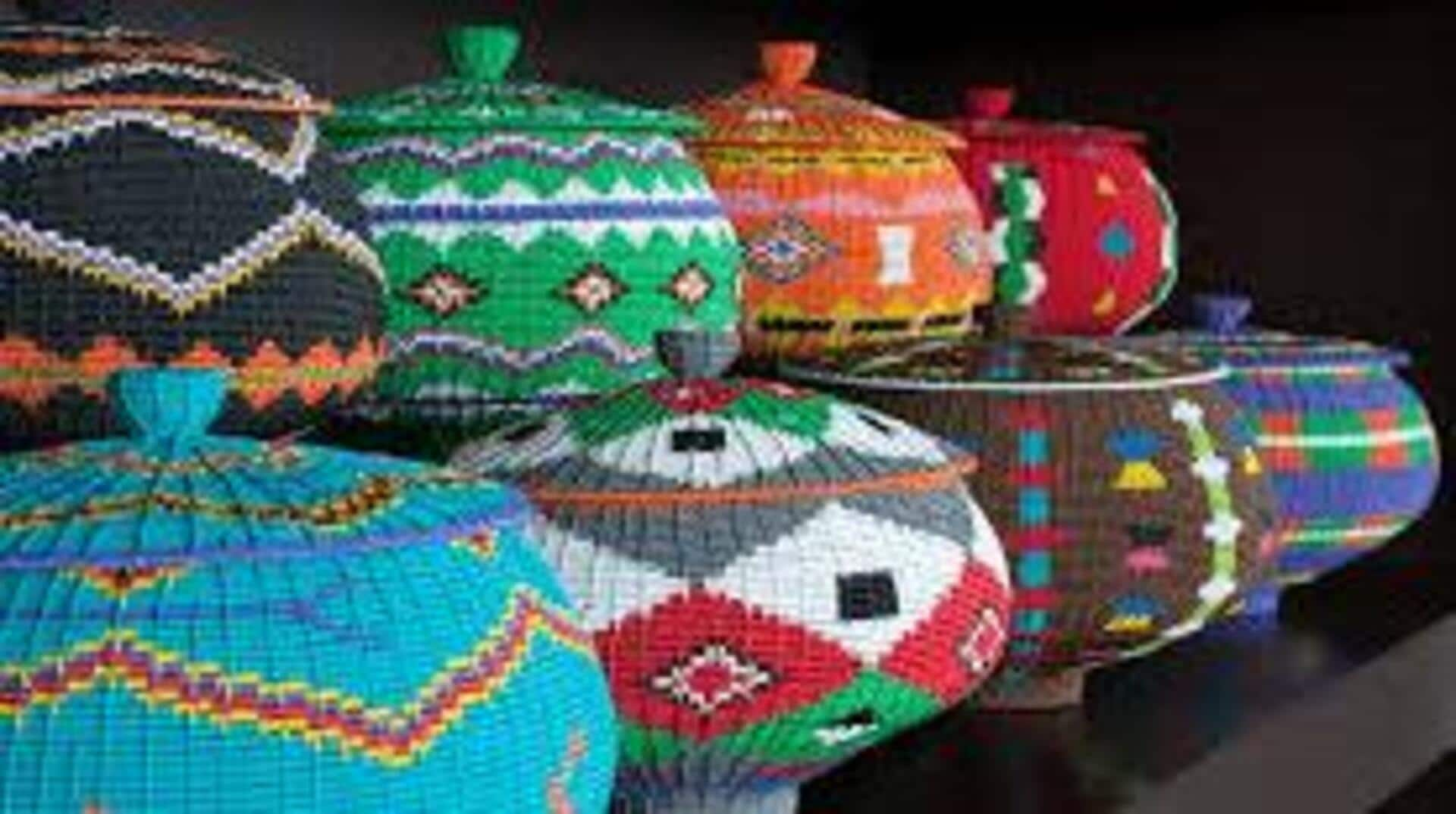
All about Zulu wire art
What's the story
Zulu wire art is a vibrant and intricate craft that has been a part of South African culture for centuries. The art form, which uses colorful beads and wires, is a testament to the creativity and resourcefulness of the Zulu people. Traditionally, these artworks were used for communication and storytelling, each color and design holding a unique meaning. Today, they are celebrated globally for their beauty and cultural significance.
#1
Historical roots of Zulu wire art
The history of Zulu wire art dates back to the 19th century when European colonists introduced glass beads to Africa. The Zulu people quickly adopted these beads into their crafts, creating intricate designs that conveyed messages or represented social status. Over the years, this craft evolved, with artisans incorporating new materials and techniques, while preserving traditional methods.
#2
Symbolism in designs
Each piece of Zulu wire art is rich with symbolism. The colors chosen can signify different emotions or messages; for instance, red might indicate love or passion, while blue could represent peace or tranquility. Patterns also carry meaning; zigzag lines may depict movement or change, while circles can symbolize unity or completeness.
#3
Techniques used in crafting
Creating Zulu wire art requires skillful hands and a keen eye for detail. Artisans start by bending wires into desired shapes before stringing them with colorful beads. The process involves patience as each bead has to be carefully placed to achieve the desired pattern. Despite modern advancements, many artisans still adhere to traditional techniques passed down through generations.
#4
Contemporary influence on global art scene
In recent years, Zulu wire art has gained international recognition for its unique aesthetic appeal. It has influenced contemporary artists around the world who admire its bold colors and intricate designs. Exhibitions showcasing this craft have traveled internationally, educating audiences about its cultural significance and inspiring new interpretations within global art communities.